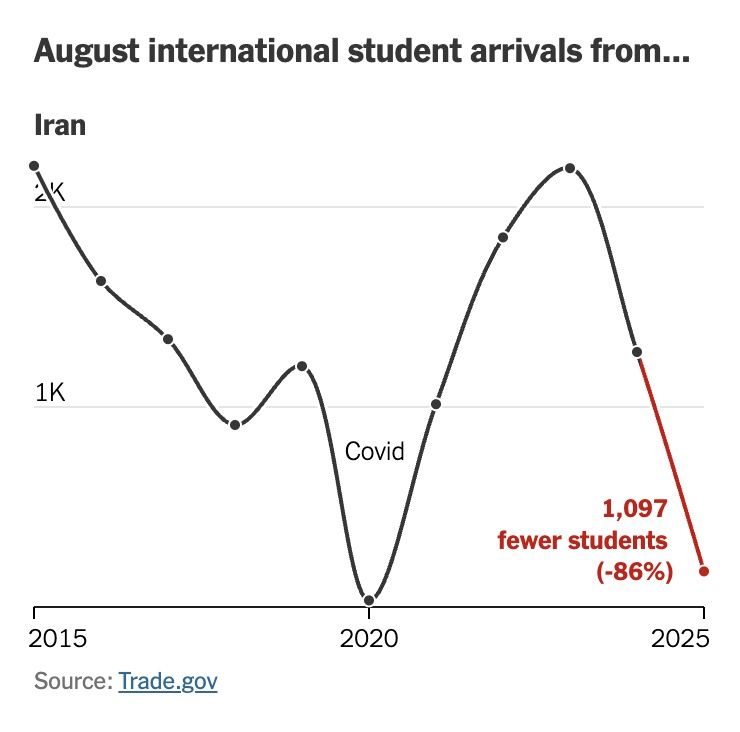Aatish Bhatia
@aatishb.bsky.social
920 followers
760 following
190 posts
I'm a journalist at the New York Times. I make explainers and interactive graphics.
nytimes.com/by/aatish-bhatia
aatishb.com
Previously:
Freelance science writer
Associate director, Princeton
Physics Ph.D., Rutgers
Posts
Media
Videos
Starter Packs
Reposted by Aatish Bhatia
Reposted by Aatish Bhatia
Reposted by Aatish Bhatia
Reposted by Aatish Bhatia
Reposted by Aatish Bhatia
Reposted by Aatish Bhatia
Reposted by Aatish Bhatia
Reposted by Aatish Bhatia


























